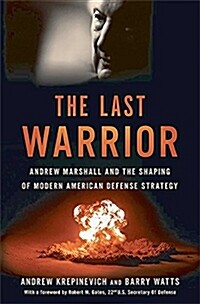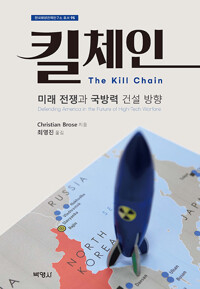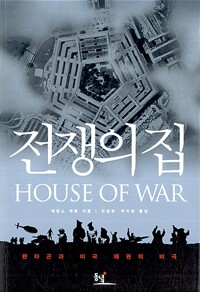Within defense circles Andrew Marshall, famously aloof and spotlight-shunning, is a legend. He has served in the Pentagon for nearly forty years, appointed and reappointed by eight U.S. presidents, and is the director of the Office of Net Assessment?the Pentagon’s internal think-tank. From this post, Marshall has led and continues to lead cutting edge thinking on the global military balance of power and how the United States must position itself to stay ahead of the curve. From his days working with the legendary Enrico Fermi on the cyclotron at the University of Chicago, to his path-breaking work at the RAND Corporation during its golden age in the 1950s and early 1960s, Marshall emerged as one of America’s leading strategists during a long, bitter and dangerous stand-off with the Soviet Union. Following the Cold War, Marshall has remained a central force in the U.S. defense establishment’s efforts to tackle the new threats to the nation’s security, to include the rise of militant Islamism, the proliferation of nuclear weapons to countries in the developing world, and the rapid rise of China and its equally imposing military buildup.In following the course of Marshall’s professional life, Andrew Krepinevich and Barry Watts?two former members of his staff?explore the dawn of the Cold War in the 1940s and 1950s, recount the creation of the influential and secretive RAND Corporation, detail the ascent of the Soviet Union as a nuclear power, and introduce the brilliant minds?from the worlds of statistics, economics, physics, sociology, and more?who designed the United States’ Cold War strategy. They plunge the reader into the world of U.S. defense and intelligence in the 1960s and 1970s, go inside war-gaming and scenario planning in the Pentagon’s Office of Net Assessment, and vividly depict the unraveling of the Soviet Union and the collapse of communism in the 1980s. They delve into the revolution in military affairs spawned by precision munitions and cyber warfare in the 1990s and 2000s, and finally, wrestle with the challenges to American national security that confront us today and loom on the horizon?threats from decentralized networks of combatants like Al Qaeda and from rising powers like China.The Last Warrior will, for the first time, tell Marshall’s story, and in doing so provide an inside account and history of the last sixty years of the American defense establishment, spanning the entirety of the Cold War, America’s unipolar movement, and the new period of destabilized competition between the United States, rising powers, and non-state actors. It is told through one man’s life and remarkable career, but The Last Warrior is a much grander story that involves some of the most pivotal America figures of the last half century.





